Venice’s gondolas are like floating pieces of history, but they come with a price tag that can make your wallet feel lighter than the gondola itself. A standard 30-minute ride costs €80-90 during the day and €100–€110 in the evening, which is roughly the same as a nice dinner for two. But here’s the thing — you don’t have to skip this iconic experience just because you’re watching your budget.
Smart travelers know there are plenty of ways to enjoy Venice’s waterways without breaking the bank. Here is a list of 17 practical hacks that will help you experience the magic of gondola rides while keeping more euros in your pocket.
Take the traghetto instead
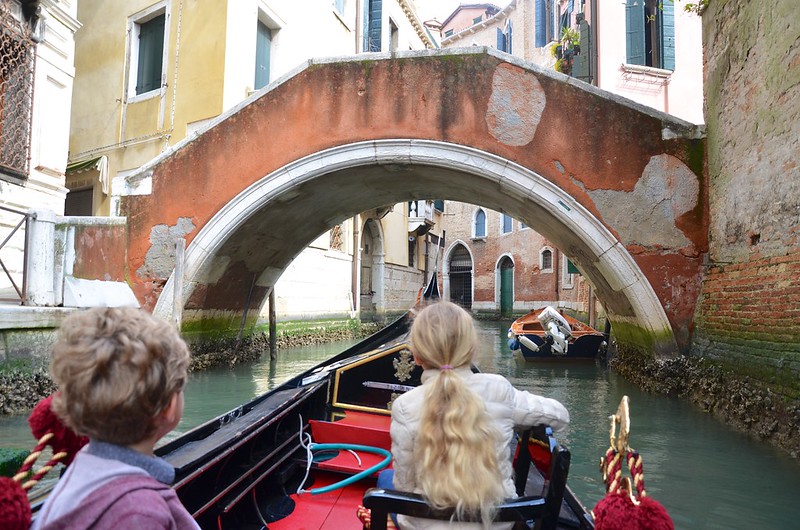
The traghetto is essentially a large gondola that ferries people across the Grand Canal for just €2 per person — that’s 40 times cheaper than a tourist gondola ride. These gondola ferries are piloted by two gondoliers and can hold up to 10 people, making them a legitimate way to experience being on a gondola without the hefty price tag. You’ll get the same views of the Grand Canal and the authentic feeling of being rowed by real gondoliers. The ride only lasts one or two minutes, but you’ll have plenty of time to snap photos and say you rode a gondola in Venice.
Share the cost with other travelers
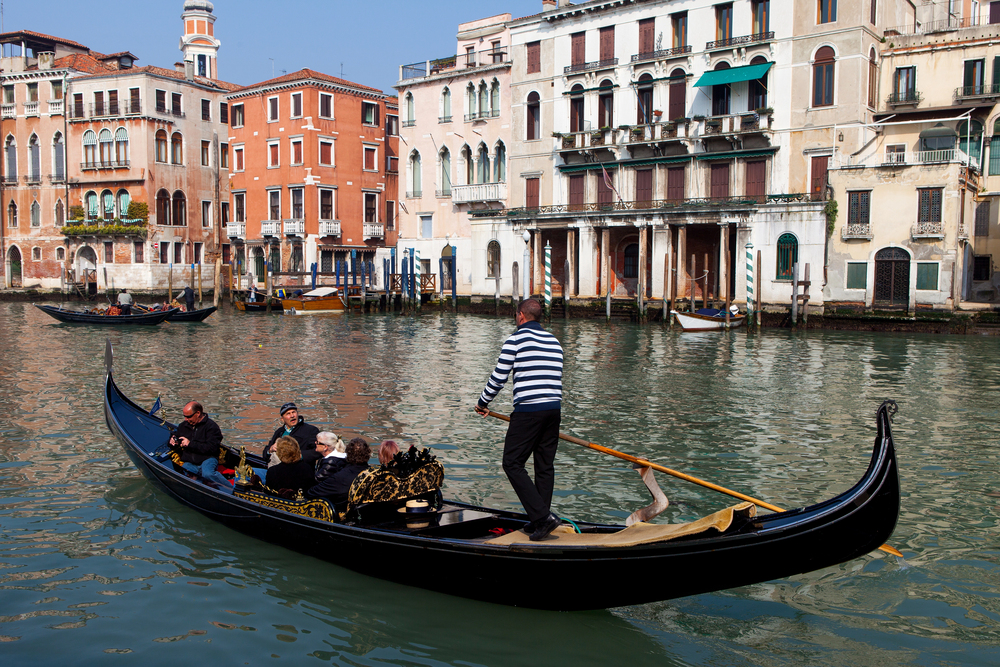
— Photo by liorpt
Gondolas can carry up to 5–6 passengers, and you pay for the entire boat rather than per person. This means if you can find four other people to join you, that €80 ride suddenly becomes €16 per person. Many gondoliers are happy to help you connect with other solo travelers or couples looking to split the cost. You can also hang around popular gondola pickup points and ask other tourists if they’d like to share — most people are thrilled to cut their costs in half or more.
Book shared gondola tours
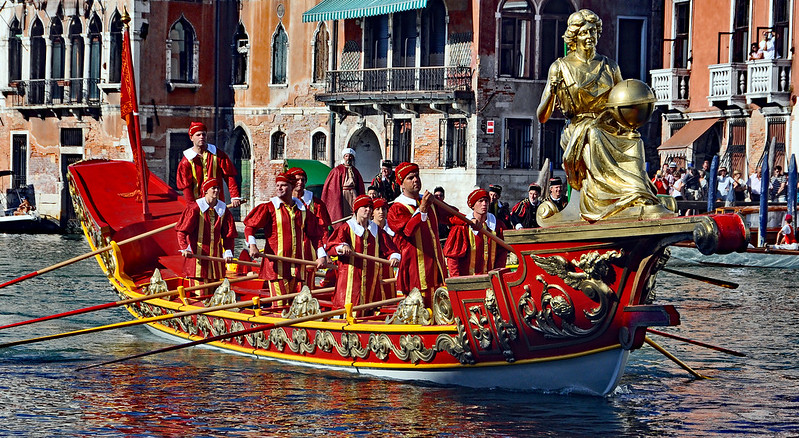
Shared gondola tours typically cost around €30–€33 per person compared to €80 for a private ride. Tour companies organize these group experiences where you’ll be seated with other travelers in the same gondola. The experience is virtually the same as a private tour — you’re not missing out on anything significant by going with a shared option. The main trade-off is that you won’t have complete control over the route or timing, but you’ll save about half the cost.
Avoid evening rides
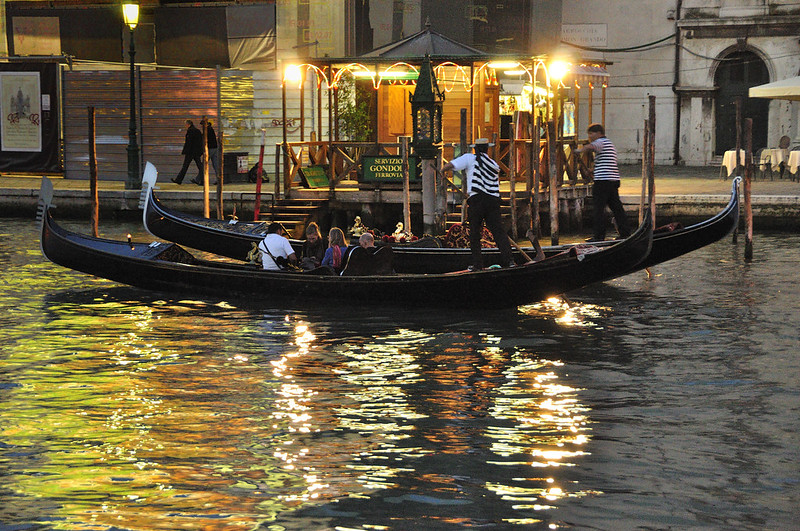
Evening gondola rides cost €110 for 35 minutes compared to €90 for 30 minutes during the day. That €20 price bump might not sound like much, but it represents a 22% increase for essentially the same experience. The surcharge kicks in at 7 PM, so timing your ride for 6:30 PM can save you a decent chunk of change. Plus, late afternoon light can be just as romantic as evening lighting, especially during golden hour.
Skip advance bookings
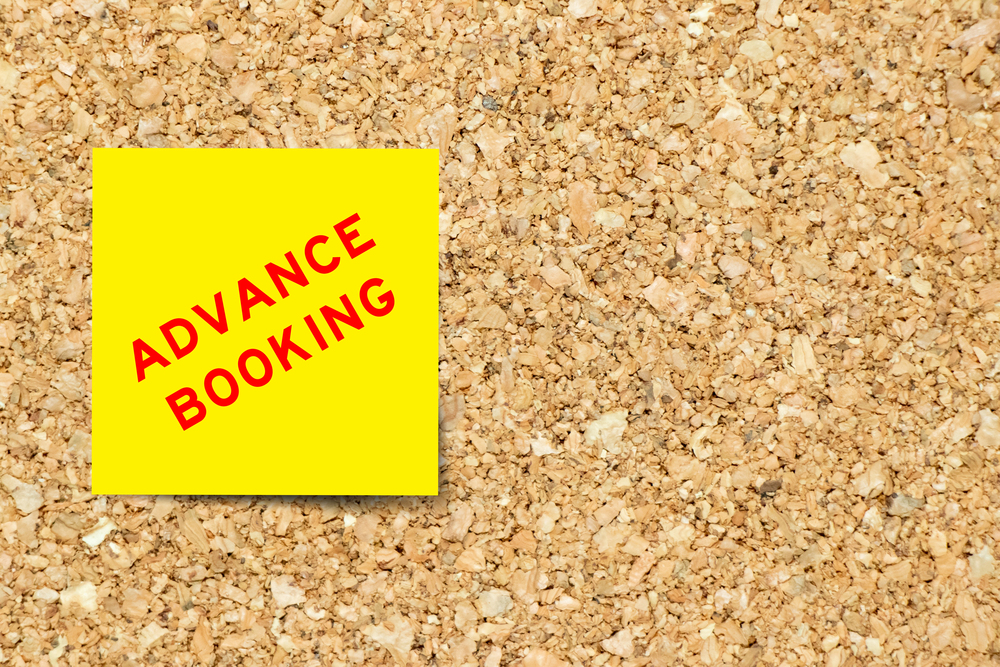
Booking gondola rides in advance typically costs more than negotiating on the spot. You’ll always be able to barter for a lower fare when dealing directly with gondoliers in person. Street-level negotiations give you the flexibility to walk away if the price isn’t right, and gondoliers know this. We suggest booking on the spot instead of reserving ahead, so you can pick the gondoliere that appeals to you.
Go early in the morning
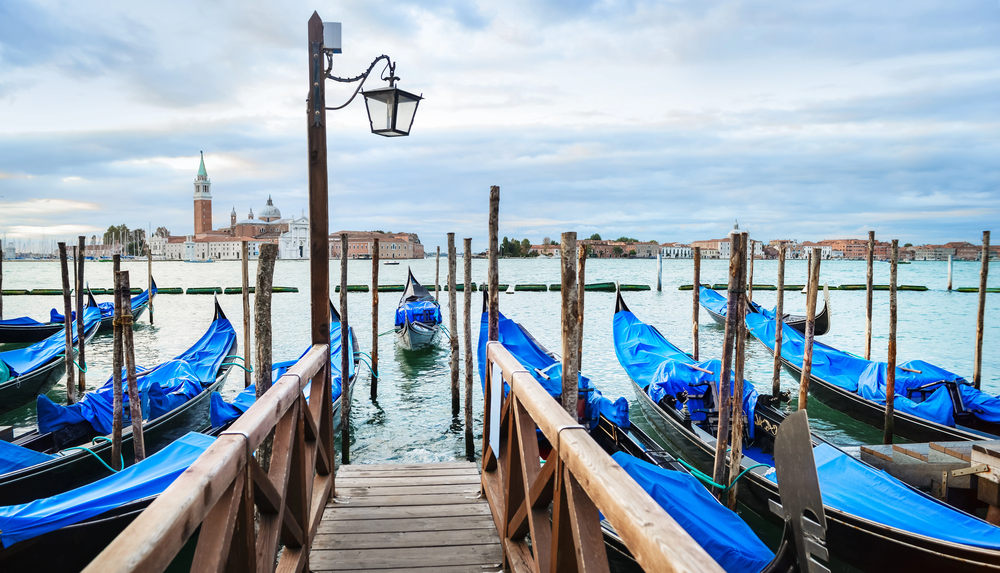
Morning is the best time for gondola rides because there are fewer tourists on the canals and gondoliers are more relaxed and friendly. Early-morning riders often get longer rides than expected because gondoliers aren’t rushed, giving you more value for your money. The canals are quieter, the lighting is beautiful, and you’ll avoid the midday heat that makes standing in direct sunlight uncomfortable. Some gondoliers even sing serenades for morning customers without being asked.
Choose pickup points away from major attractions
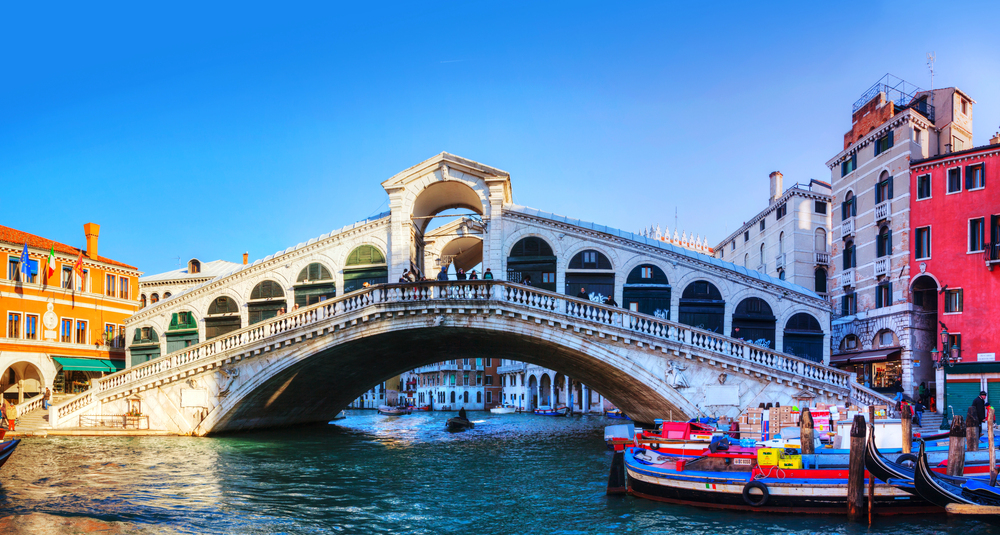
Gondolas near St. Mark’s Square and other major tourist spots often have higher prices and longer wait times. Pick up a gondola at one of the quieter areas away from the major tourist areas where prices are fixed, but negotiations might be more flexible. Smaller canals southwest of Rialto Bridge or areas not too far from St Mark’s Square but away from the crowds tend to offer better value and more personalized service.
Take vaporetto line 1 instead
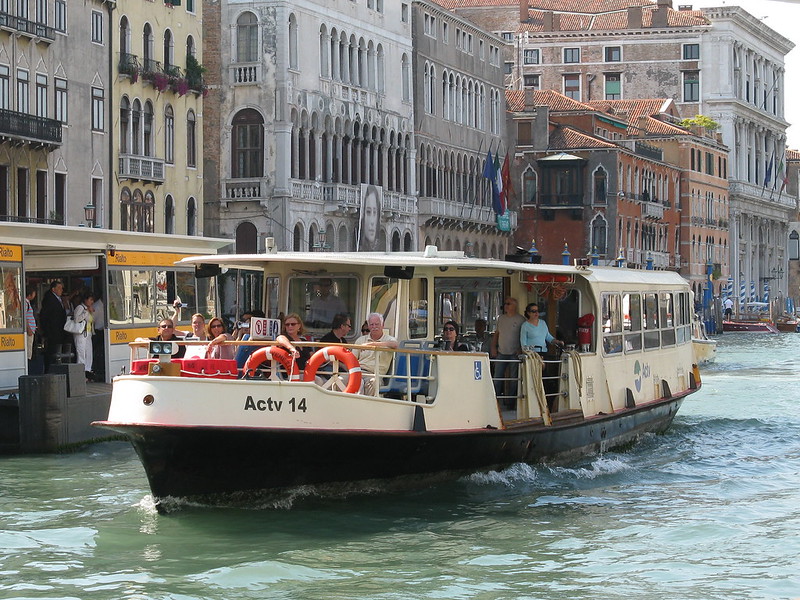
The vaporetto water bus on Line 1 travels through the Grand Canal, passing the Rialto Bridge and other popular highlights in about 65 minutes. A vaporetto ticket costs around €7.50–€9.50 depending on the route, which is roughly one-tenth the cost of a gondola ride. You’ll see the same palaces and bridges from the water level, just from a larger boat with more people. It’s not as intimate, but it covers way more ground for way less money.
Look for combo packages
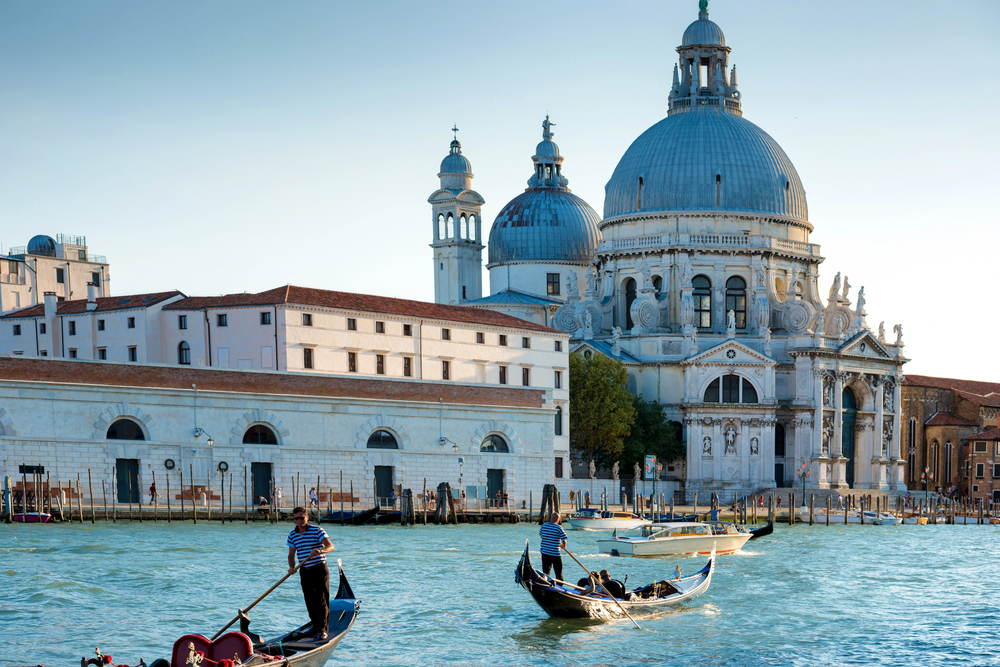
— Photo by dovapi
Venice City Passes that include gondola rides range from €105–€120 for adults and can save you 50% or more when combined with other attractions. These packages often bundle gondola rides with museum entries, walking tours, or basilica visits. Combo tours that include gondola rides and insights into popular Venetian attractions help you get the best of both worlds without breaking the bank. If you’re planning to visit multiple attractions anyway, the math usually works in your favor.
Bring exact change
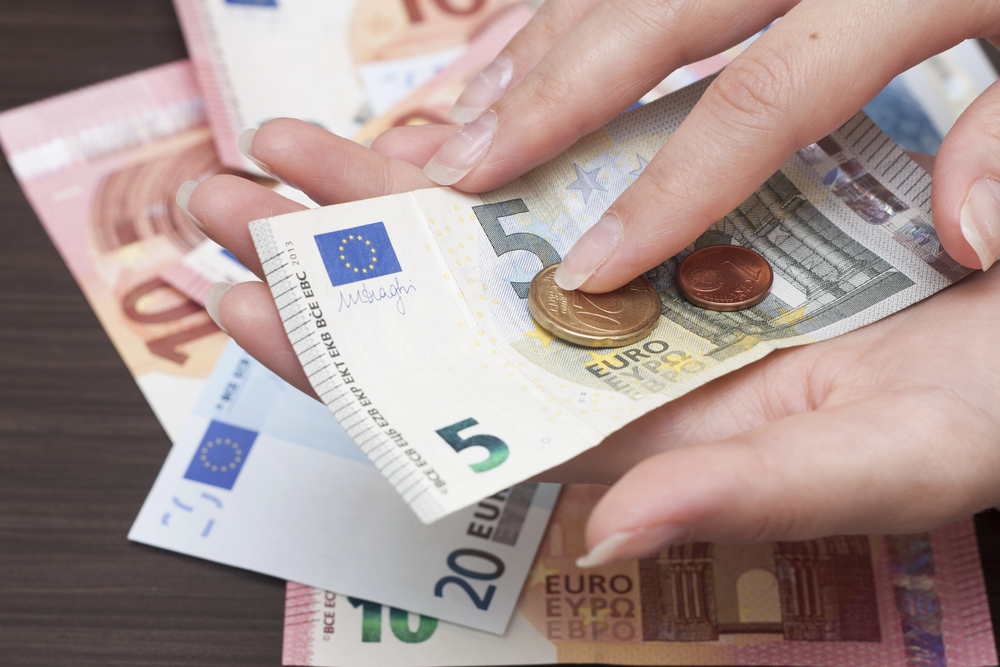
Most gondoliers only accept cash and may claim they’re out of change if you pay with large bills. Having exact change removes their ability to play the ‘no change available’ game, which is unfortunately common in tourist areas. Hand €2 to an oarsman for traghetto rides, and use small banknotes if you don’t have exact change. Cash also gives you more negotiating power since you’re ready to pay immediately.
Know the official rates

The official rates are regulated by the city of Venice, so if a gondolier tries to charge more, you can show them the rates on your smartphone. Current official rates are €80-90 for 30 minutes during the day (9 AM to 7 PM) and €100–€110 for 35 minutes in the evening. If they insist on higher prices, walk away — there are plenty of honest gondoliers who will charge the standard regulated price. Knowledge is power in negotiations.
Try kayak tours or rowing lessons
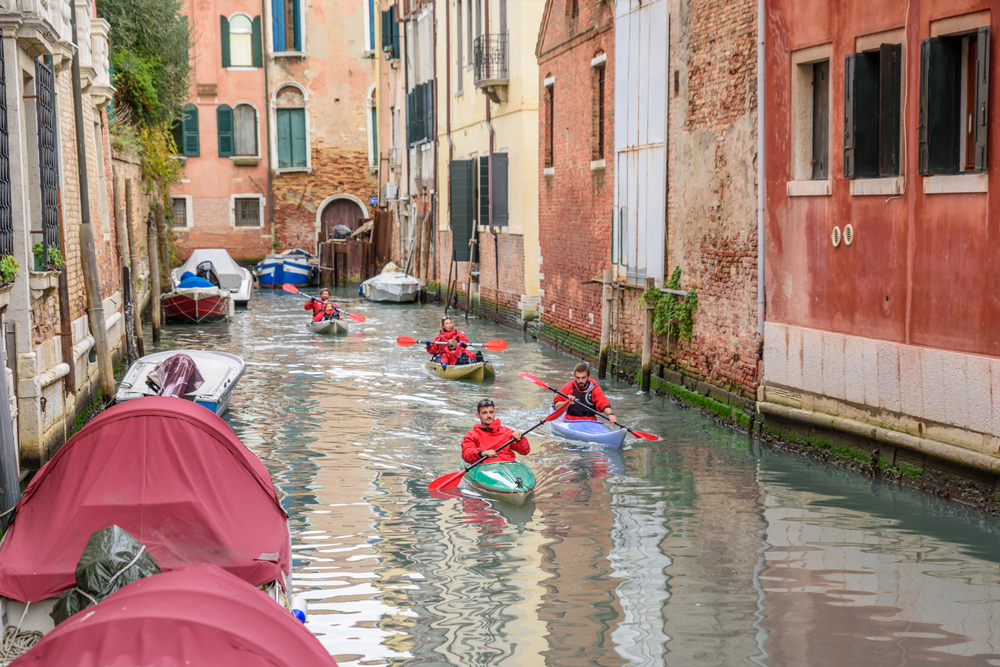
— Photo by Cornfield
A 2-hour rowing lesson with Row Venice costs less than a gondola ride and gives you an equally memorable experience. You’ll learn traditional Venetian rowing techniques while exploring the same canals from a unique perspective. Kayak tours get you down on the water and give you a perspective of the city that’s not achievable any other way. These alternatives often include instruction and background about Venice’s maritime culture, adding educational value to your water experience.
Avoid tourist trap locations

Stay away from the Grand Canal and ask the gondolier to take a route on the quieter canals. The Grand Canal is beautiful but crowded with water traffic, which means you’ll spend time stuck in ‘canal jams’ rather than smoothly gliding through Venice. Smaller canals offer the same level of authenticity as gondola rides on the Grand Canal, but with better value since you’re not paying premium prices for premium locations.
Don’t pay for unnecessary extras
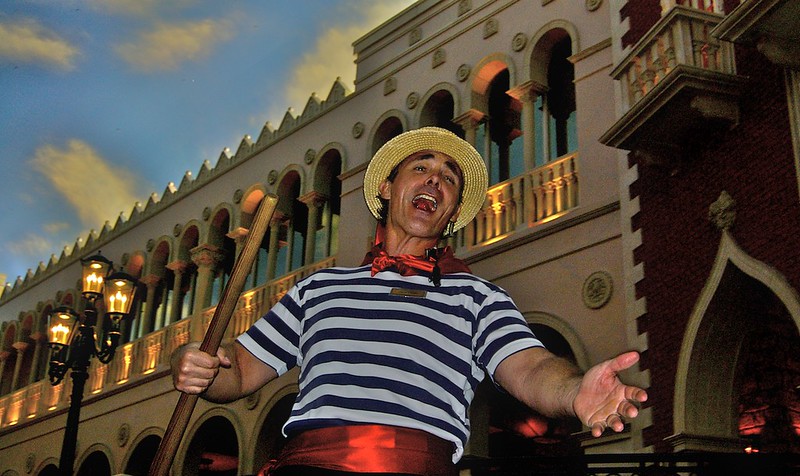
If you want a serenade, you must specifically book a serenade ride rather than requesting it during a regular ride. Gondoliers consider it offensive when tourists ask them to sing during regular rides, and they’ll often charge extra fees on the spot. While some gondoliers go above and beyond expectations, gratuity is already included in the standard price. Stick to the basic ride unless you’ve specifically booked and budgeted for extras.
Visit during shoulder seasons
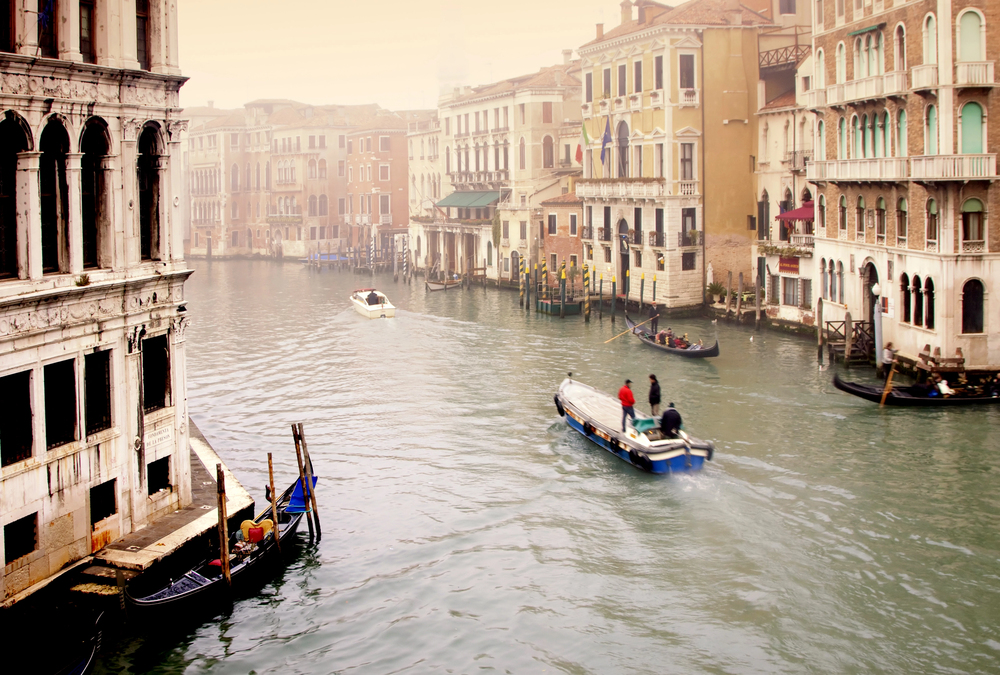
Peak summer months in Venice mean higher demand and less flexibility in pricing. Visiting during shoulder seasons like spring or autumn offers fewer crowds and potentially better deals. Gondoliers are more likely to negotiate during slower periods, and you’ll have more options for pickup times and routes. Booking at least a week in advance is recommended during peak season, but during quieter months you can be more spontaneous.
Walk instead of taking water taxis

— Photo by marcbruxelle
Venice is relatively small, which means you can walk from one end to the other in less than an hour. Walking allows you to see the sights and mingle with locals while saving money that would otherwise go to water transportation. The money you save on water taxis and extra vaporetto rides can go directly toward your gondola budget. Plus, walking helps you discover hidden gems and photo opportunities that you’d miss from the water.
Consider the €2 experience sufficient
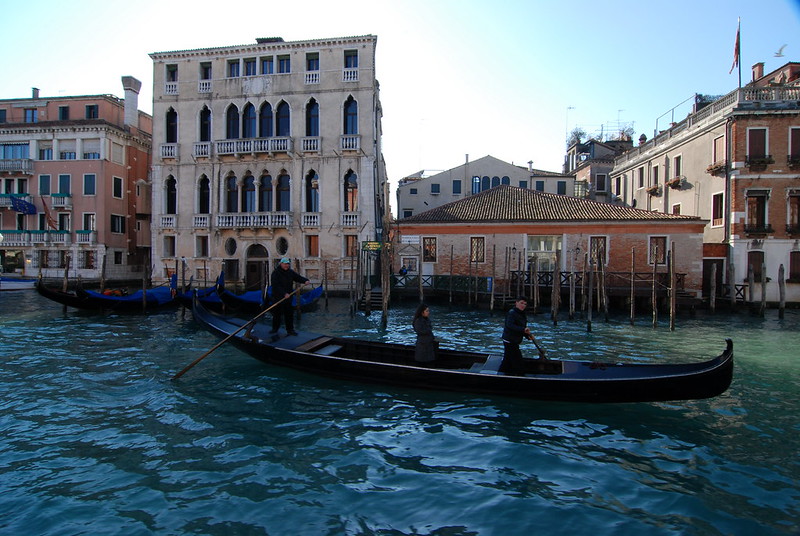
Sometimes the best hack is recognizing that you don’t need the full €80 experience to say you’ve been on a gondola in Venice. The traghetto gives you the quintessential gondola experience without paying tourist gondola prices. You’ll cross the Grand Canal on an authentic gondola with real gondoliers, and you’ll have plenty of time to take photos and enjoy the unique perspective. For many travelers, this brief but authentic experience satisfies their Venice bucket list at a fraction of the cost.
The real magic happens off the water anyway

The most sustainable way to save money on gondolas is to remember that Venice’s charm extends far beyond its waterways. The real beauty of Venice reveals itself in the evening when the whole city is illuminated as if by magic, and you can experience this from any bridge or waterside walkway. Taking time to wander and get lost in the maze-like streets helps you discover hidden gems that are easily missed when you have a packed itinerary. The gondola ride is just one piece of the Venice puzzle — and often not the most memorable one. Your euros might be better spent on authentic Venetian food, quality accommodations, or simply extending your stay to soak up more of the city’s timeless atmosphere.
More from Travel Pug

- 20 Best Beach Towns in the Carolinas
- 13 Destinations Where Tourists Regularly Regret Their Trip
- 20 Things You Actually Get in First Class
- 20 Small Airports With Aviation Museums
- 20 Places in the U.S. That Are Perfect for a Reset Trip
Like Travel Pug’s content? Follow us on MSN.
